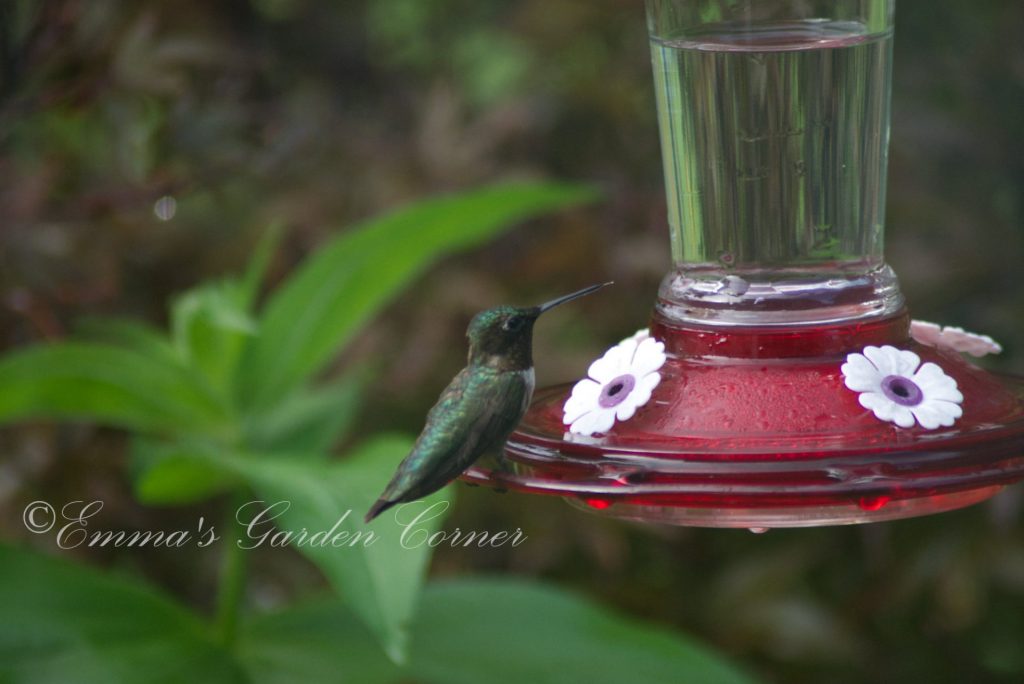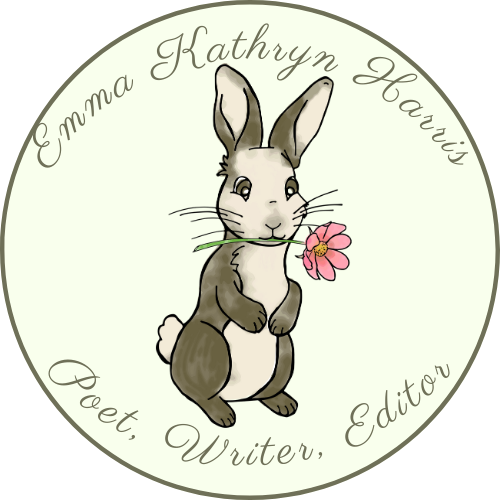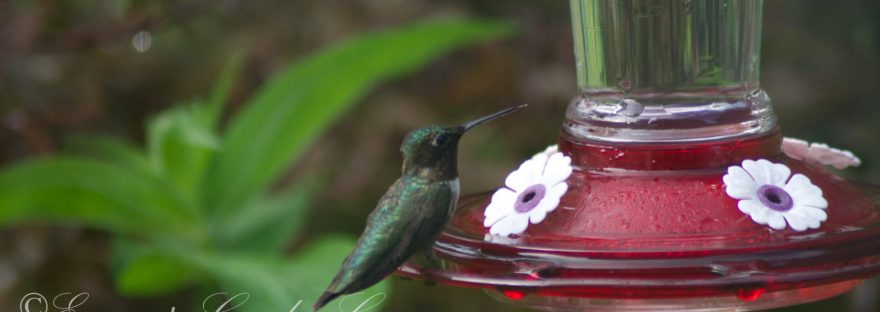Hummingbirds and flowers go together like summertime and fireflies; like rainbows and sunshine.
Tasha Tudor, The New England Butt’ry Shelf Cookbook: Receipts for Very Special Occasions
We await spring with eager anticipation after months of cold, dark weather. We have planted bulbs and mapped our garden for the coming season, so when we see seedlings peeping out from the snow or still chilly ground, we thrill with delight.
Yes, spring is coming!
And when we observe the flowering dogwood, snowdrift crabapple, and redbud trees blossoming, and yes, our daffodils peeking out to face the sunshine, we realize spring is a realization.
When spring arrives, it brings with it our amazing and fascinating hummingbirds.
And each time we see a hummingbird drinking from our flowers or voraciously feeding from the feeder we hang for them, we never tire of watching those tiny creatures.
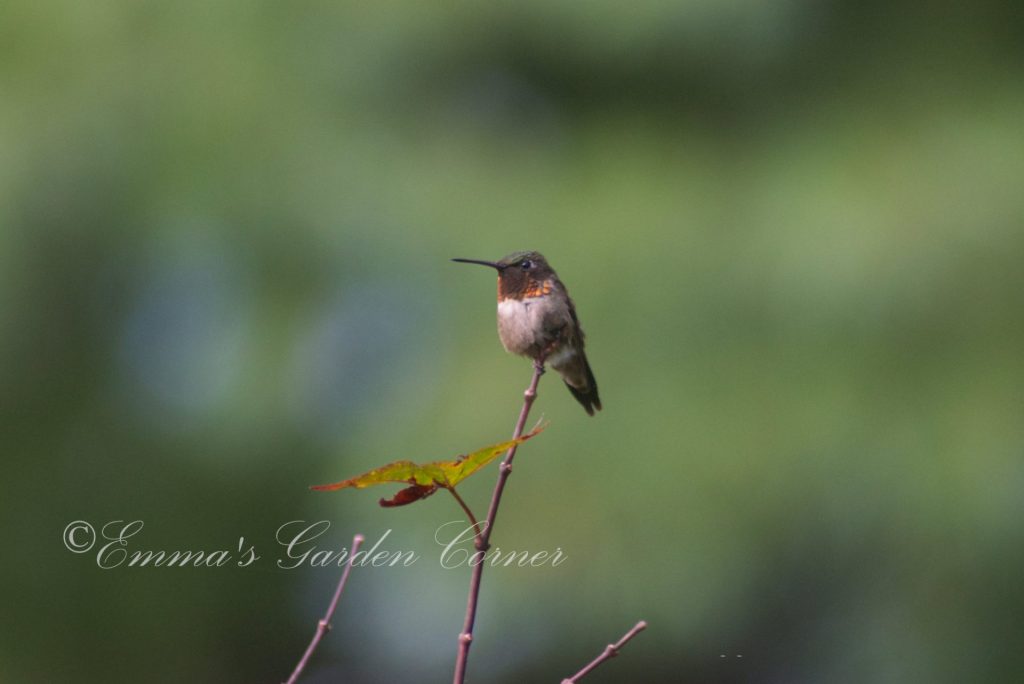
When do hummingbirds arrive?
Depending on where you live, migratory hummingbirds arrive as early as February. Some warmer coastal areas entertain hummingbirds year-round, but for most of us, we see them arrive in the spring, around the first of March.
Check a hummingbird migratory map such as this one to find out when there are hummingbird sightings for your area. That will help you determine when to put out the feeder. In Western North Carolina, mid-March to early April is about the time to get your feeder outside.
Early is better than late. If birds migrate early, they remember their food source and will try to locate it. Make sure it is there for them when they arrive. If you have warm days but temperatures at night fall below freezing, simply bring the feeder in and replace it in the morning.
Watch for signs of spring to gauge when the birds will be returning to your area. As mentioned above, flowers blossoming, and trees blooming are signals of spring. When other migratory birds native to your area begin flying in as the weather warms, this is another sign the hummingbird is on its way.

Your hummingbird feeder
There are many kinds of feeders, both beautiful and attractive, that are a suitable fit for your tastes and in attracting hummingbirds. Here are a few tips in having the right feeder:
- Choose a feeder with a red base and/or top as the red will attract the birds.
- Sugar water attracts ants and wasps as well, so choose a feeder that has insect protection to keep them out, like this one. You might also hang the feeder with a thin thread, such as fishing wire, as this is too thin for ants to crawl over.
- Fill your feeder with sugar water (recipe below)
- Never add red dye, nor use the hummingbird “food” you can buy in stores that turns the water red. Dye and chemicals will kill your birds.
- Change the sugar water every few days to every day, depending on the weather. The hotter the temperatures, the more often you should change the water. Why? The sugar water turns rancid in hot weather, which will harm the hummingbirds when they drink it.
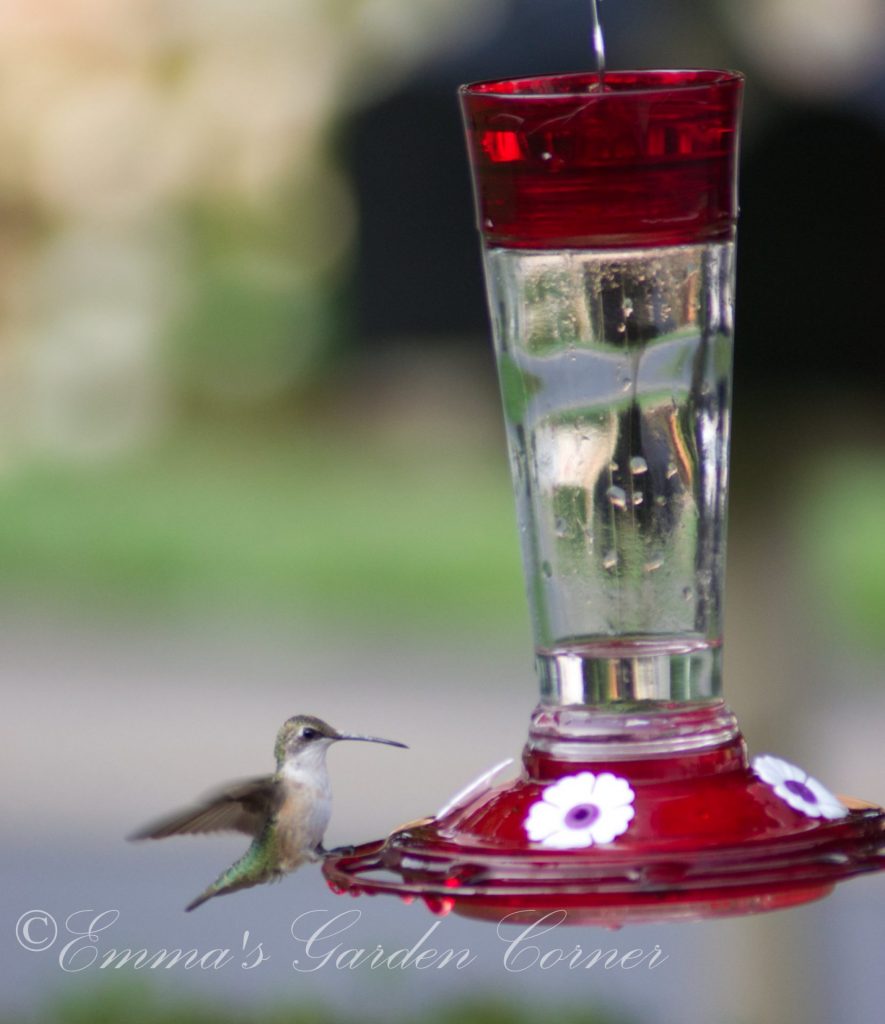
- Clean your feeder one to two times per week, depending on the weather. The hotter the temperatures, the more often you should clean it. Clean it with warm water only or a mixture of white vinegar and water. I also use a small brush, such as a toothbrush, to scrub the feeding areas and prevent mold.
- Hang the feeder in the shade if possible, as direct sun will turn the sugar water rancid faster.
- Plant hummingbird-loving flowers near the feeder to attract them.
- Be mindful of your feeder placement. Keep it away from fountains and other objects that could be a leaping foundation for cats to attack your birds.
- Hummingbirds are territorial. They will watch their feeder and attack other hummingbirds when they get too close. If possible, have more than one feeder in your yard, as well as a variety of flowers and bushes that attract these delicate, but vicious, creatures!
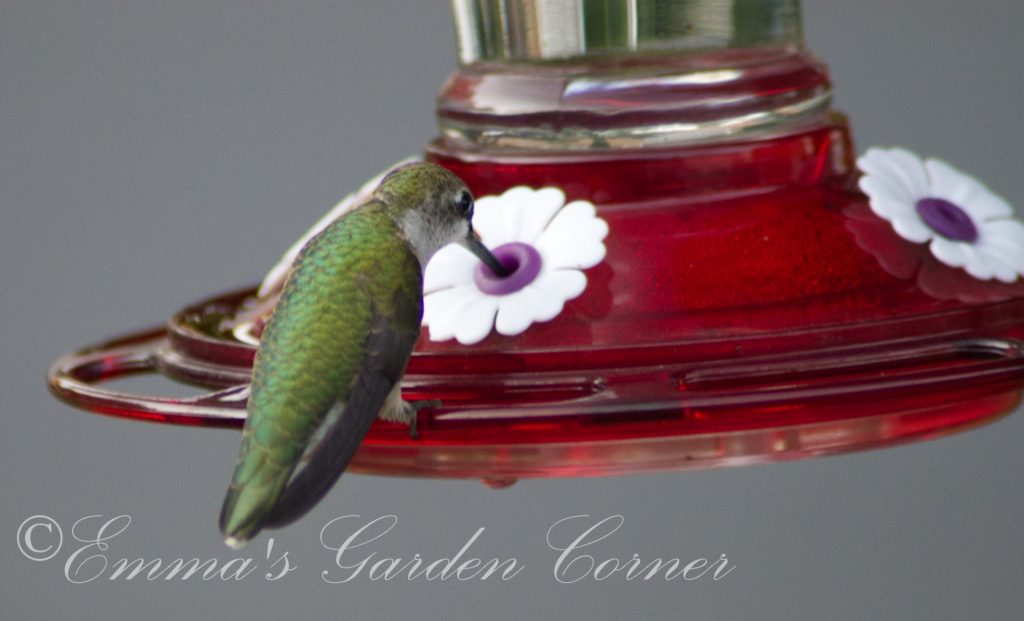
Hummingbird sugar water recipe
¼ cup refined white sugar
1 cup boiling water
- Boil water and measure out 1 cup.
- Add sugar and stir until it is dissolved. Allow to cool completely before pouring it into the feeder.
- This solution fills one 10-ounce hummingbird feeder.
- Leftover solution can be refrigerated.
